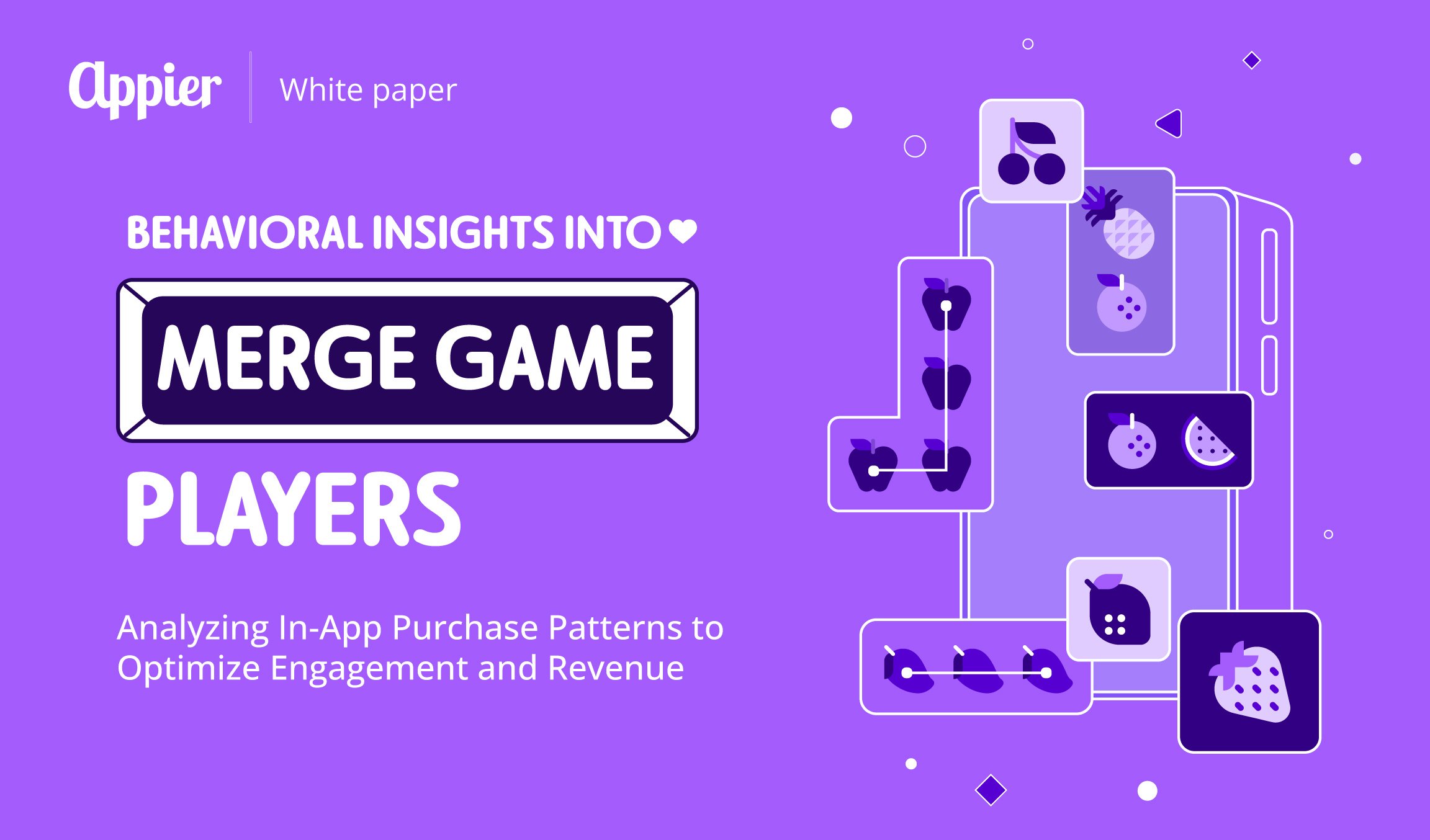E-commerce in the Asia-Pacific (APAC) region represents about half the global market and will accelerate at a rate set to outpace the rest of the world. This is thanks to two-speed growth: a combination of emergent economies, such as Indonesia, Vietnam and the Philippines, adding new e-commerce consumers to the market and mature countries like China projected to continue with strengthening sales.
By 2021, the APAC market is expected to be worth US$3.5 trillion in e-commerce sales with 80 percent of that, around US$2.7 trillion, coming from mobile devices (m-commerce). This makes the region highly attractive, which in turn means marketers will be competing with brands that have emerged and succeeded within the region as well as global brands looking to secure a slice of the action.
Thanks to e-commerce giants Alibaba and Amazon, there is plenty of data that tracks leads from search to purchase. Research shows distinct patterns of consumption across Southeast Asia ; while weekends score the highest amount of traffic on e-commerce sites, most orders come through during business hours on weekdays, except for Singapore where peak order time is 10pm weekdays. This suggests people are discovering and researching products when they have more time, then purchasing on a weekday.
Data about consumers and buying behavior is everywhere, but you need more than data to compete – you need insight. How can artificial intelligence (AI) help you segment users so you can drive a more targeted campaign? What can AI do to support you to identify the right market, shape the right campaign, and run it at the right time and on the right channel for more effective results?
From Data to Effective Campaigns
Used effectively, AI tools such as Appier’s AIXON data science platform can combine, sort and analyze data from multiple channels including a brand’s own platforms and external channels to deliver actionable insights. You can then use these to design and implement an effective campaign, from introducing your brand to a new audience to increasing your customer base with high-value prospects.
Essentially, AI finds patterns and threads of information invisible to even experienced marketers. To increase the probability of conversion, AI can find out users’ interests from their behavior on other sites and channels to determine the type of campaign that is likely to attract them to your site and convert them from visitor to customer.
The timing aspect is also key to AI’s effectiveness as it enables marketers to predict consumer behavior at a granular level and can therefore run the right campaign at a time when the user is ready to purchase.
This also works as a re-engagement tactic. AI can identify behavior that indicates a customer is about to move on so marketers can run a specific campaign to remarket to them, such as a special offer on the customer’s favorite product.
With the right AI tools, marketers are able to evaluate campaigns before running them and that is a powerful feature at a time when competition is high and brands require better ROI. AI can also predict conversion by modeling response rates. Are you ready to unlock potential lookalike audiences, achieve better conversion and realize better returns through AI?
Download our latest white paper ‘ Detail for Online Retail: How AI Can Help Marketers Decode Consumer Behavior in E-commerce ’ to find out more about how AI can help improve your understanding of e-commerce consumers and provide actionable insights for your campaigns.



-1.png?width=3000&height=1834&name=SuperLike_%E5%B7%A5%E4%BD%9C%E5%8D%80%E5%9F%9F%201%20(1)-1.png)